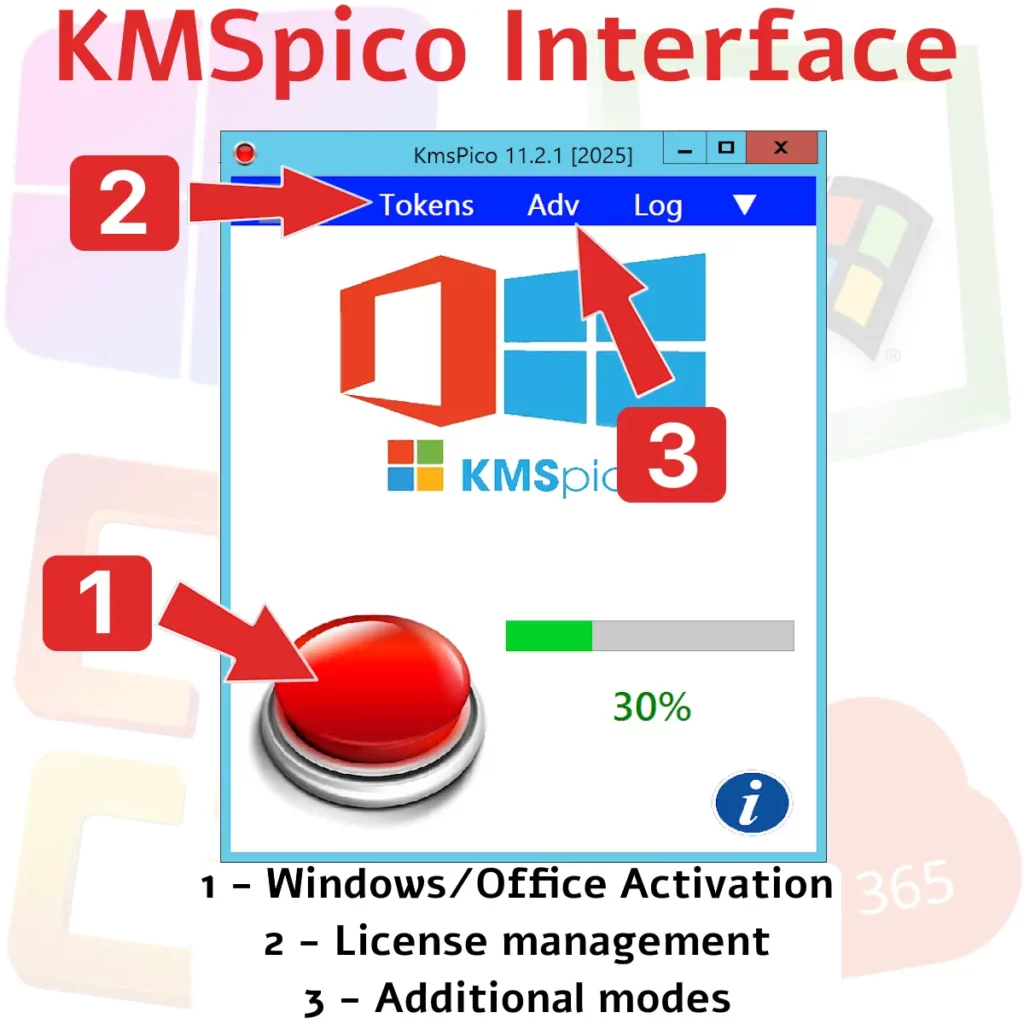
Activating software can often feel like navigating a labyrinth, especially when dealing with comprehensive suites like Microsoft Office. The activation process is crucial for ensuring compliance and unlocking full functionality. Understanding how to effectively activate office software is a vital skill for any enterprise deployment specialist. Proper activation not only enables access to the full range of features but also safeguards against potential legal issues associated with unlicensed software usage.
The Importance of Activation in Office Suites
Activation is more than just a technical procedure; it’s a necessary step for accessing all the features of an office suite setup. Without proper activation, users may be restricted to basic functionalities, impacting productivity. Enterprises must ensure all systems have successfully activated office applications to maintain operational efficiency. This process guarantees that every tool within the suite is available, thereby facilitating smooth workflows and optimum productivity levels.
Navigating Product Key Entry and License Activation
The initial step in the activation process involves entering a product key during the software installation phase. This step verifies that the user has a legitimate copy of the software. License activation follows, which validates the product key against Microsoft’s database. Successfully completing these steps is essential to activate office products correctly. Without this verification, organizations risk operational disruptions due to software reverting to limited-functionality modes.
Challenges in Activating Office for Different Versions
Different versions of Microsoft Office come with their unique challenges. For example, activating Office 365 typically involves subscription renewal, while older versions might require manual entry of a product key. In both cases, enterprises must navigate these processes efficiently to activate office software without disrupting workflows. Each version requires specific knowledge and preparation to avoid pitfalls that could lead to costly downtime or support calls.
Activate Office on Windows 10 and 11
With evolving operating systems, ensuring compatibility during activation is critical. Tools such as KMSpico for Windows 10 and KMSpico for Windows 11 are often used to facilitate this process by acting as an office activator, simplifying activation across multiple installations. However, enterprises must weigh the legal implications and ensure compliance with licensing agreements. Failure to comply could result in penalties or loss of access to essential business tools.
Utilizing KMSpico Download Safely
KMSpico is a popular tool for automating license activation, particularly in environments where managing numerous licenses manually could be cumbersome. It’s crucial to download KMSpico from reliable sources and understand its role in both activating Windows and Microsoft Office products safely without compromising system integrity. Missteps here can open vulnerabilities or lead to inadvertent breaches in security protocols.
Strategies for Streamlined Activate Office Processes
A well-planned strategy can significantly alleviate potential obstacles during the activation phase. Key strategies include verifying hardware compatibility and ensuring network connectivity for seamless communication with Microsoft’s licensing servers. Enterprises should also maintain up-to-date documentation on product keys and subscription details to quickly resolve any issues that arise when trying to activate office applications. Proactive planning minimizes disruptions and enhances overall system reliability.
Automation Tools: KMSpico Portable Solutions
For enterprises deploying many systems simultaneously, using KMSpico portable solutions can facilitate mass activations. These solutions enable automation of repetitive tasks associated with license verification and activation, thus saving time and reducing human error in large-scale deployments. Automation streamlines operations by allowing IT departments to focus on more strategic initiatives rather than routine maintenance tasks.
System Requirements: Ensuring Compatibility
Troubleshooting Common Activation Errors
Inevitably, errors will occur even after thorough preparation. System administrators must be adept at diagnosing common problems such as connectivity issues or incorrect product key entries. Utilizing troubleshooting commands like DISM (Deployment Image Servicing and Management) can assist in resolving these issues swiftly, ensuring that all systems can activate office applications successfully. Troubleshooting skills are indispensable in maintaining uninterrupted access to critical business tools.
Time-Sensitive Activation: Snapshot Strategies
Sustaining Compliance After Initial Activation
Achieving initial activation is not the end but part of ongoing management. Regular audits of licenses against deployed systems ensure continued compliance. Additionally, keeping track of subscription renewals prevents lapses that could lead to deactivation of functionality within the office suite setup.
The Role of IT Support in Maintaining Active Status
An IT support team plays a pivotal role in maintaining active licenses across an organization’s infrastructure by proactively monitoring license status and addressing user inquiries related to deactivation or renewal processes promptly ensures sustained productivity gains from fully activated software suites.
The ability to seamlessly activate office software is critical in maintaining uninterrupted access to essential tools within any organization. By understanding the nuances associated with different versions, implementing strategic tools like KMSpico, and employing effective troubleshooting methods, enterprise deployment specialists can overcome challenges inherent in software activation processes confidently.
Furthermore, it’s crucial for organizations to stay informed about upcoming changes or updates from Microsoft that could affect how they activate office products. Staying ahead means adapting strategies as needed and training staff accordingly so that everyone involved understands the current best practices for managing activations effectively.
This proactive approach not only ensures compliance but also maximizes the value derived from investment in Microsoft Office suites by keeping all features readily accessible at all times. As technology evolves, so do the methods required for efficient software management – staying informed is key to sustaining success over time.




